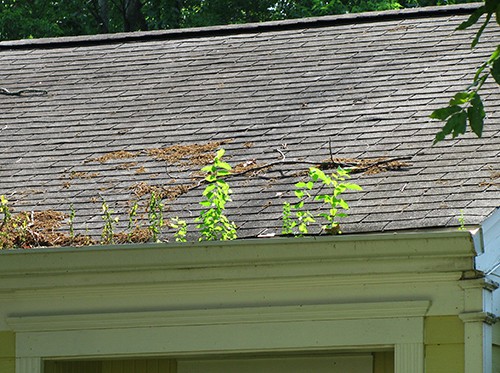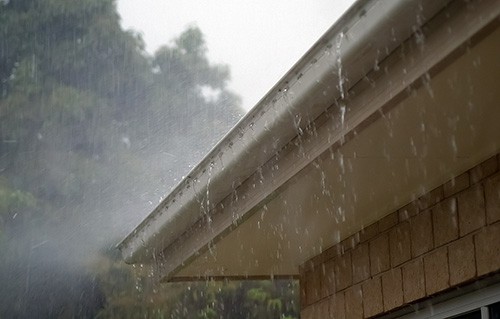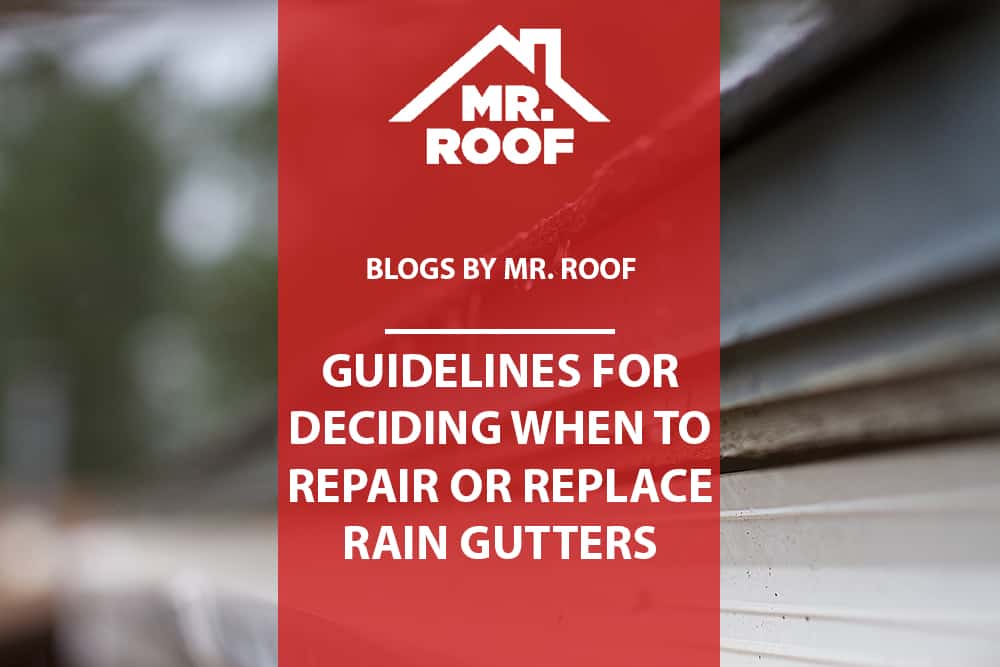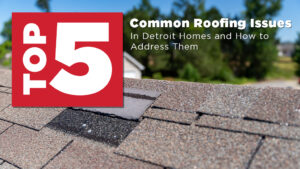Deciding whether to try and fix something or to spend money replacing it can be a difficult choice, especially when it comes to something as essential as your home’s gutter system. On the one hand, you do not want to spend more money if you can easily repair the gutter system for a fraction of the price, but on the other hand, you do not want to spend for repairs that won’t last due to an underlying issue with a gutter. All circumstances are different, but homeowners should consider the following guidelines when trying to decide whether to repair or replace their gutters.
When it comes to fixings gutters, you may be able to pursue repairs successfully if:
- Localized sections of damage are present: Locate any signs of damage on your gutter that is confined to only one or two areas, then opt to replace only those areas rather than ripping out all of the gutters. In these cases, you will only need to repair a couple tears or breaks, which can be washed with alcohol and coated with sealant.

- There are only a few fissures: In these cases, you will simply need to repair a couple tears or breaks, which can be washed thoroughly with alcohol and coated with sealant. If you have larger cracks or fissures to repair, you might need to purchase a metal flashing, which can either be nailed or glued before it is sealed.
- One joint or closure has been leaking: In order to solve this issue, make sure that the joint or sections are tightly attached together. Under these conditions, you might be required to use sealant to secure the leak as well.
- A couple of loose hangers: If you need to screw in a few hangers, you can do so with a drill. If the hangers are dented or bent substantially, it is important for you to replace the hangers with new models.
- One joint or closure has been leaking: In order to solve this issue, make sure that the joint or sections are tightly attached. Under these conditions, you might need to use sealant to waterproof the joint.
- Minor fissures on copper gutters: If you have copper gutters, you know how expensive copper is, so the best option is to try to make any small repairs before paying for your whole gutter system to be replaced.
Examine the possibility of purchasing replacement gutters if you have noted one or more of the following problems:
- Detached gutters: Gutters only operate as they should when they are fastened together tightly, so if you see that they are constantly beginning to detach from one another, the best option is to replace the gutter system completely.
- Fallen fasteners or screws: If the screws employed to secure the gutter are continuously coming loose and are seen lying on the ground, your gutter may be permanently impaired. Even though replacing them is not hard, if screws continue to loosen, this is a clear indication that your gutter needs to be renewed.
- Holes, cracks, and rust: If your gutter has a large number of fractures, fissures, or rusty sections, this is a tell-tale sign that your system is getting too old.
- Damaged fasteners: If the fasteners on your gutters break apart even after you have tried to repair them many times, the reality is that the gutters are causing the issue.

- Drooping slope: If your gutters start to sag at any point, water might begin to collect and may result in an overflow. In these circumstances, a gutter will need to be replaced as soon as possible.
- Eroding and/or fading paint: When you notice your gutter’s paint is starting to strip off, this might indicate that the gutters have been separating from your roof for quite some time. As a result, water has been pouring over the edge for a while, which suggests that there is a deep-rooted issue, so the best decision is to have your gutters completely replaced.
- Stains on your home: If you can tell the paint on your home is coming off, the wood is wearing away and rotting, or if there are rust spots on your house, this is a result of your gutters overflowing and seeping behind the gutter and around the outside of your home. This indicates that the gutters may be disintegrating due to being clogged or simply because of old age.
- Water sitting in the gutters: If you see water sitting in your gutters on a regular basis, this is a definite sign that the system is not functioning as required.
- Signs of collecting water and/or mildew: The purpose of a gutter system is to deter water from entering your home’s foundation, so when you notice signs of water and mildew anywhere too close to your foundation, it is likely your gutters are not working as they should.
- Basement flooding: If you notice indications of water and/ or mold in your basement, your gutters might be corroded and clogged with water. Under these circumstances, the system might have started to flow into the base of your home and into your basement. This can result in serious damage, so be sure to replace the gutters as well as handle any damage that was caused due to flooding.
- Denting or buckling dents: If a tree branch or ladder creates a dent in your gutter, it may cause it to leak and overflow. These issues won’t be resolved until the dented portion is fixed, and if you have seamless gutters, the better solution is to simply replace the whole system.









